
Hair Loss in Babies: Why it Happens and How to Deal With it?
6 min readWritten by Editorial Team

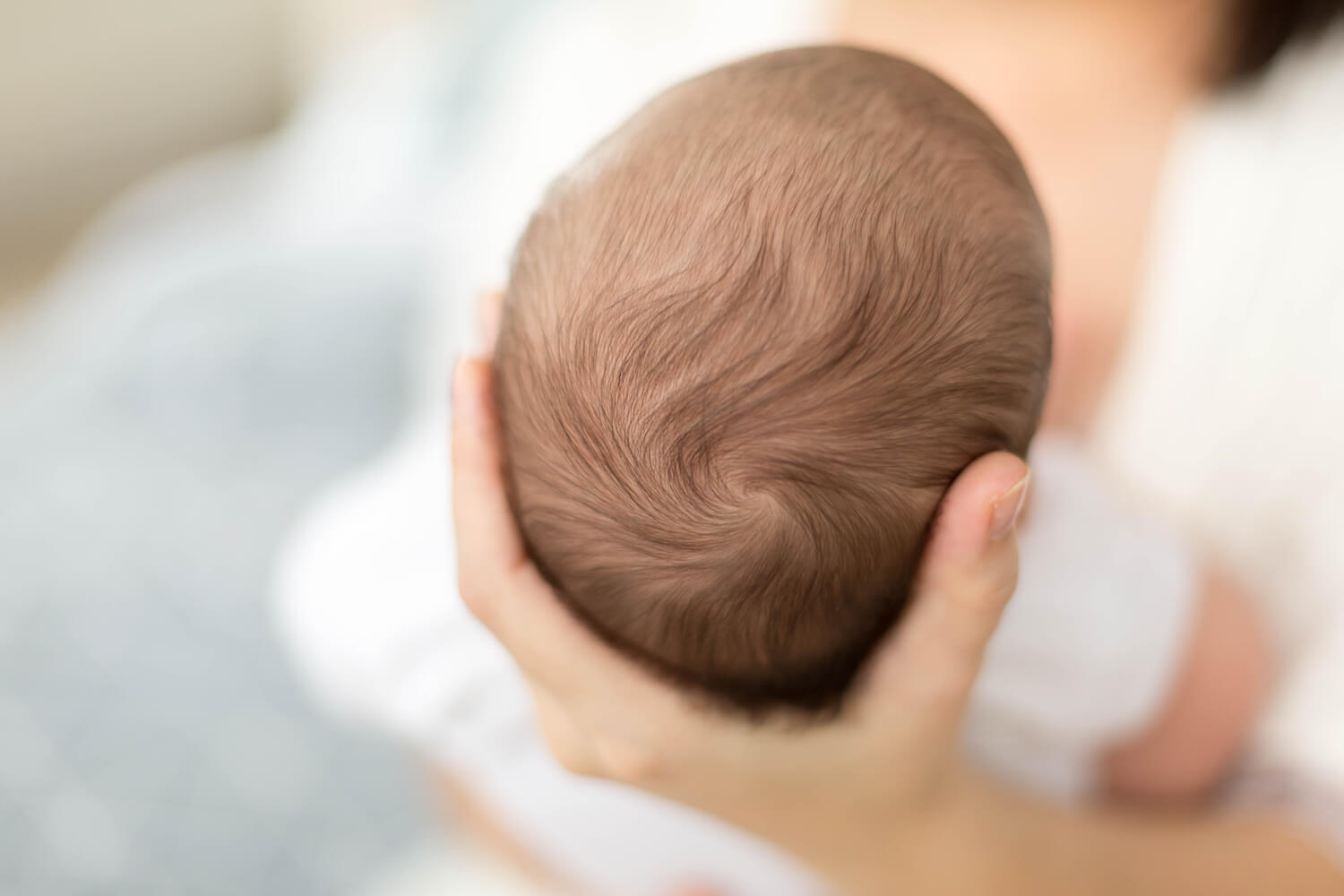
When a couple becomes a parent for the first time, they may get inundated with a lot of questions: the reason behind the crying of the baby, how much milk is enough for the baby, is baby poop normal, what to give the baby when starting solids, hair loss, etc.
While this list is endless, questions keep getting added to it as every baby is different. In this article, we will be focussing on hair loss in babies. We will also give details regarding the prevention and treatment of hair loss in babies.
In This Article
- Hair Loss In Babies: Why Does It Happen?
- What are the Indicators of Hair Loss in Babies?
- Do You Have to Take the Baby to a Doctor for Hair Loss?
- How is Hair Loss in Babies Treated?
- How to Prevent Hair Loss in Babies?
- FAQ’s
Hair Loss In Baby: Why Does It Happen?
It is natural for some hair loss in babies in the initial six months after birth. This is important as the shedding of the old hair paves the way for the growth of new ones. Yet, if the shedding of hair is persistent, even after six months, with the quantity being more than normal, then surely it is a cause of concern.
Given below are a few causes that could lead to hair loss in new-born babies:
1. Persistent Friction
The maximum time of the babies is spent lying down either on the tummy or their back. Due to this, their head keeps getting exposed to the outside surface area. Such persistent contact results in friction, and if it becomes acute, it can lead to hair loss or alopecia. This resolves on its own when the baby becomes comfortable sitting.
2. Infection in the Scalp
Ringworms are another cause of hair loss in babies. It is more like a fungus spreading in the hair that can lead to baldness.
3. Allergies
Allergies are a common reason behind hair loss in babies. Many times, it has been seen that body oil is applied to the scalp of the baby, which might not suit the infant and can lead to hair loss.
4. The Repetitive Tugging of Hair
In case the baby has the habit of playing with the hair or pulling it off and on, it can lead to hair loss.
5. Tight Hairstyles
Tying or braiding the hair very tightly can lead to loss of hair in toddlers as well as babies. Tying the hair tightly damages the follicles of the hair resulting in shedding and hair falling.
6. Illness and Stress
Any type of stress or illness also tends to weaken the follicles leading to loss of hair. Diseases like cancer and chemotherapy are also prime reasons for the loss of hair in babies.
After going through the points mentioned above, one can see that the bases for hair loss are not one but many. Thus, it is mandatory to observe the indicators of loss in hair in infants to detect the true problem.
What Are The Indicators of Hair Loss in Babies?

Since there are not one, but many causes, it becomes important to be vigilant and watch out for the symptoms as it could indicate a serious issue as well. Given below are a few indicators of acute hair loss that happens in babies as well as toddlers:
1. If the Quantity of Hair Strands is Huge
The first and the prime indicator of hair loss is the existence of too many hair strands in the baby’s comb. In case this number is exceeding than usual, medical intervention is required.
2. Hair Strands in Every Part of Toys and Cribs
The hair found on toys, prams, and cribs are another indicator of hair loss.
3. Shedding of Hair When Running Fingers Within Them
In a situation, where fingers are run within the hair strands, and a thick quantity of hair keeps coming out, it is another symptom.
4. Big Bald Circular Patch on the Scalp
In case the parents notice large circular bald patches on the scalp, it could be an indicator of hair loss. This is most familiar in the case of fungal infections.
5. Inflamed Scalp
If the scalp of the baby turns red with flaky yellow skin coming off while combing the hair, it could be a sign of eczema, also referred to as dermatitis.
Do You Have to Take the Baby to a Doctor for Hair Loss?
The problem of loss in hair babies, even though not very common, is not always a medical concern. Yet, one needs to know the right time to consult a medical practitioner for the same. It is important to know that in case of no health issues with the baby except hair loss, the need for the doctor does not arise. In case the baby shows any of these signs besides hair loss, medical intervention becomes necessary.
Some of the signs that one needs to look for are:
- Scalp Itchiness
- Fever
- Inflammation and Swelling
- Thinning of Hair due to Hair Loss.
- Cracked or Flaky Scalp Shedding off with Combing.
- Pimples at the areas where Hair Sheds Off
- Low desire to Eat
The doctor would then recommend the necessary treatment as per the signs that are showing in the baby.
How is Hair Loss in Babies Treated?

In case the hair loss shows acute signs, the doctor advises treatment for the same. This treatment, however, will be dependent on the cause analysis behind the problem. While observing the scalp, your child’s doctor can detect the main reason behind the hair fall or loss. The treatment can be done by various means; some of them are discussed as under:
1. Use of Medicated and Safe Shampoos
In case the doctor is suspecting any scalp infection, they recommend applying some medicated shampoo that can help remove all impurities or pathogens from the scalp of the baby, which could have resulted in hair loss.
2. Application of Lotions, Oils, as well as Creams
In case the child is suffering from scalp eczema, then the doctor can recommend creams to suppress the inflammation and even oils or lotions that prevent the cracking of the scalp, preventing loss of hair.
3. Antifungal Medicines, as well as Ointments
The application of ointments and medicines that are antifungal can treat some infections like ringworms in babies. In acute cases, though, the doctor will advise oral medications as well.
How to Prevent Hair Loss in Babies?
Hair loss could be due to many reasons. Some of them could be normal, while others could be acute and need medical intervention as well. Though there are not too many measures that can be taken for preventing loss of hair in babies who are six months or less yet, the process can be slowed down by taking these measures, and they are as below:
1. Shampoo the Hair Occasionally
It is important to keep shampooing the hair of the baby from time to time with a shampoo that is safe for the baby. To know more on some of the best shampoos for your baby Click Here.
2. Never Tie the Baby’s Hair Tightly
By tying the hair tightly, the follicles of the hair can become weak and start breaking as well, resulting in hair loss. Use the hair bands safe for babies.
3. Preserve Proper Hygiene
Infections caused by a fungus spread by getting in contact with dirty towels or clothes, so it is important to wash your baby’s clothes in warm water. Remember to use the disinfectants designed for the babies. It is even important to keep their hands clean by washing with soap and water as it helps in preventing fungal infections.
4. Keep a Check on the Allergies
Allergies can even lead to skin and scalp inflammation, and symptoms of allergies can be breathing difficulty, skin hives, etc.
Loss of hair is an issue that rarely leaves an effect on the health of the baby, but you need to find the causes. Normally it does not require medical intervention, but still, if more symptoms persist with hair loss, medical consultation is a must. With time the babies end up having thicker, stronger, and permanent hair.
FAQ’s
1. Will my Baby Definitely Lose Hair?
Many babies lose their birth hair. The hair tends to fall out and grow back as the child grows. This is very common, but your baby need not experience it.
2. Can Cradle Cap Cause Hair Loss in Babies?
Generally, no. Regular brushing and washing of the scalp can get rid of the cradle cap without losing hair. If your baby does lose hair with the cradle cap, it should grow back in sometime.
3. How Long Will it Take for the Hair to Grow Back on a Baby?
After birth, hair starts falling when it reaches a resting stage. Hair starts growing back between 3 – 7 months of age. Full thick hair is not seen until 2 years of age.
4. When Does Hair Fall Reach its Peak in Babies?
When in the womb, the hair starts growing in babies. When the baby nears 3 months of age, birth hair might reach the “resting phase”. Hair starts falling in this stage.

Editorial Team,
With a rich experience in pregnancy and parenting, our team of experts create insightful, well-curated, and easy-to-read content for our to-be-parents and parents at all stages of parenting.Read more.
Responses (0)
Want curated content sharply tailored for your exact stage of parenting?
Related articles
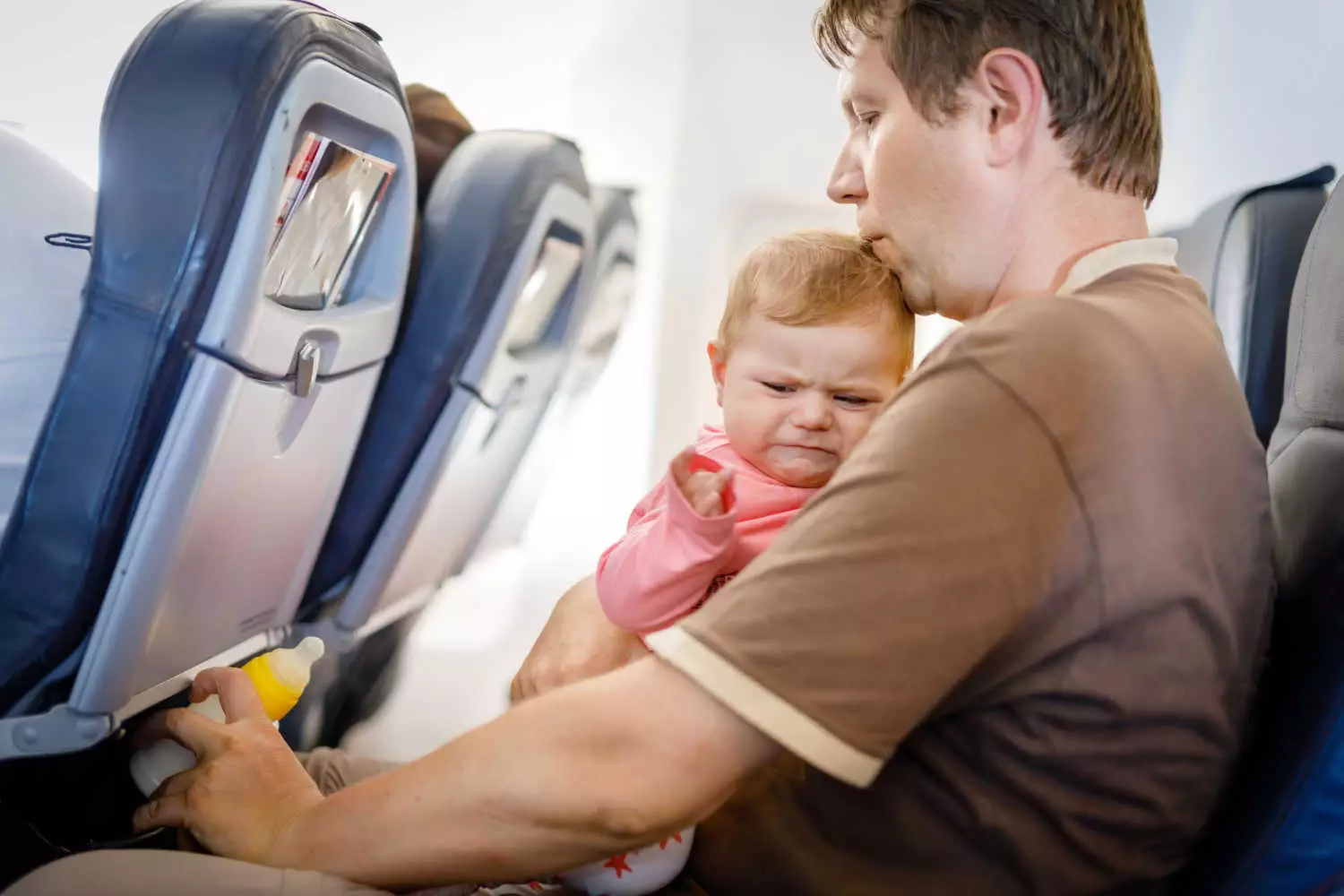
Jet Lag in Babies – Signs and Tips to Cope
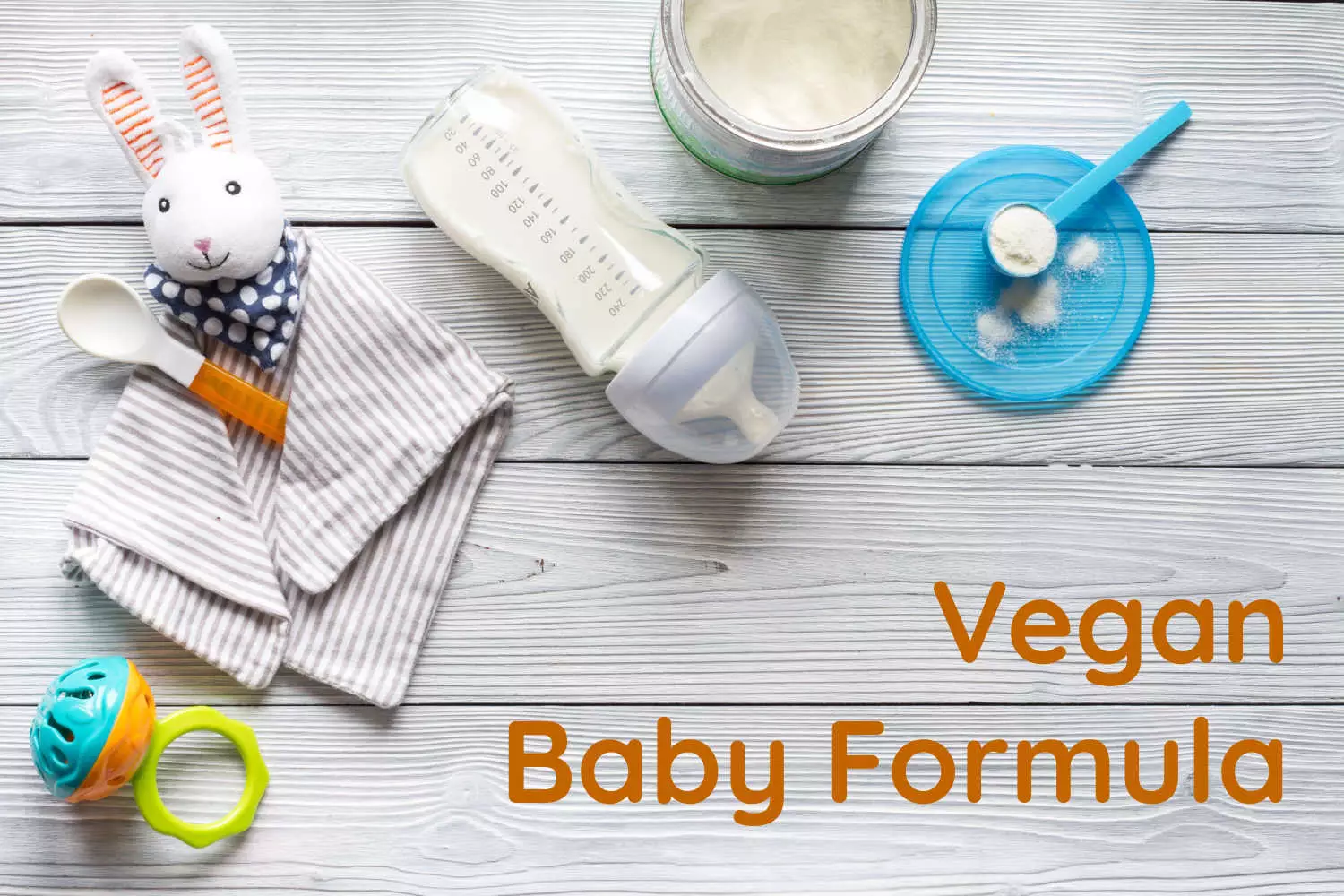
Vegan Baby Formula – When to Introduce, Benefits and How to Choose

ORS For Babies – Is it Safe, How Much to Give and Top Benefits

Celebrating the Unbreakable Bond of Twins With 200+ Best Twin Baby Quotes
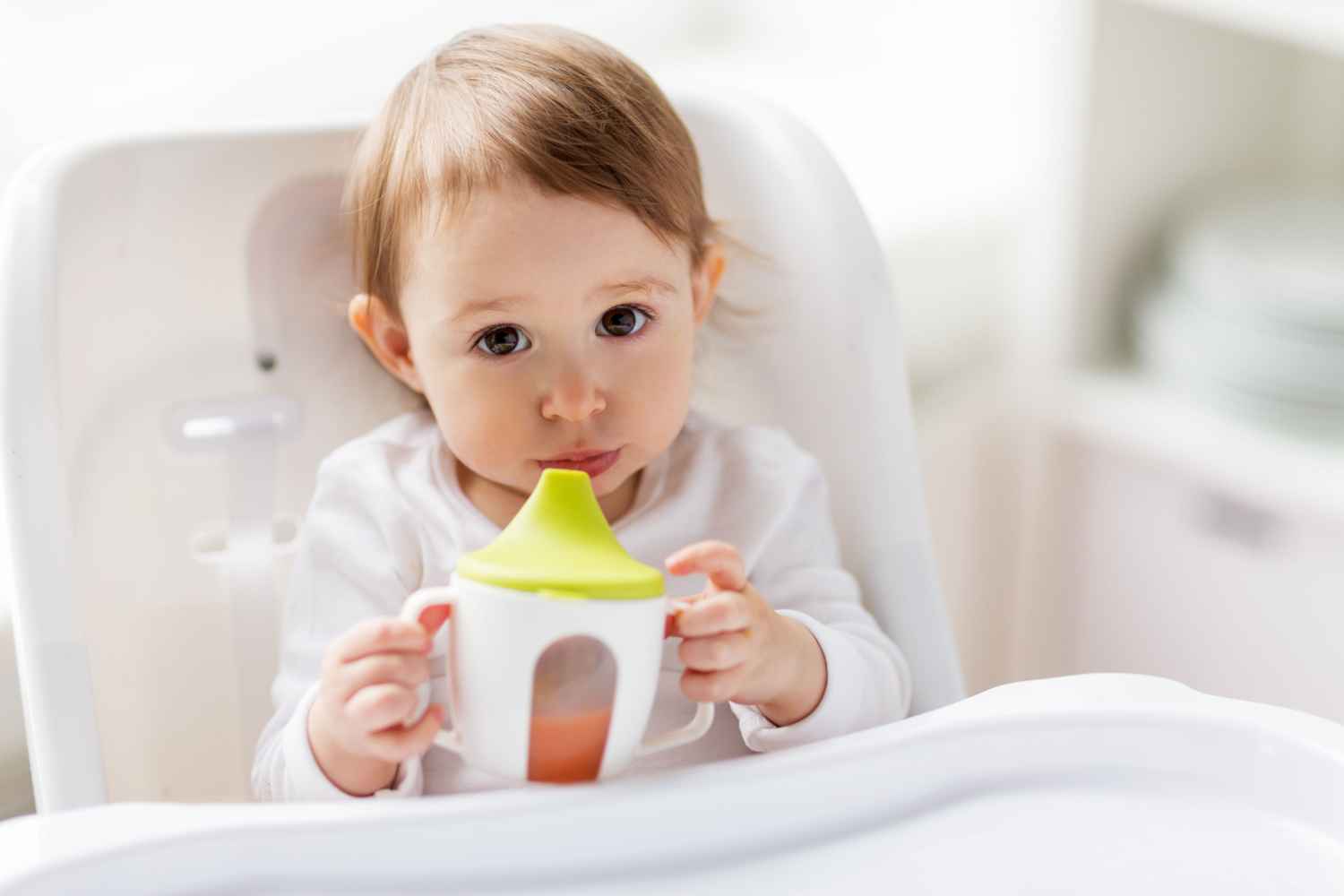
Sippy Cups For Babies – When And How to Introduce, And Benefits
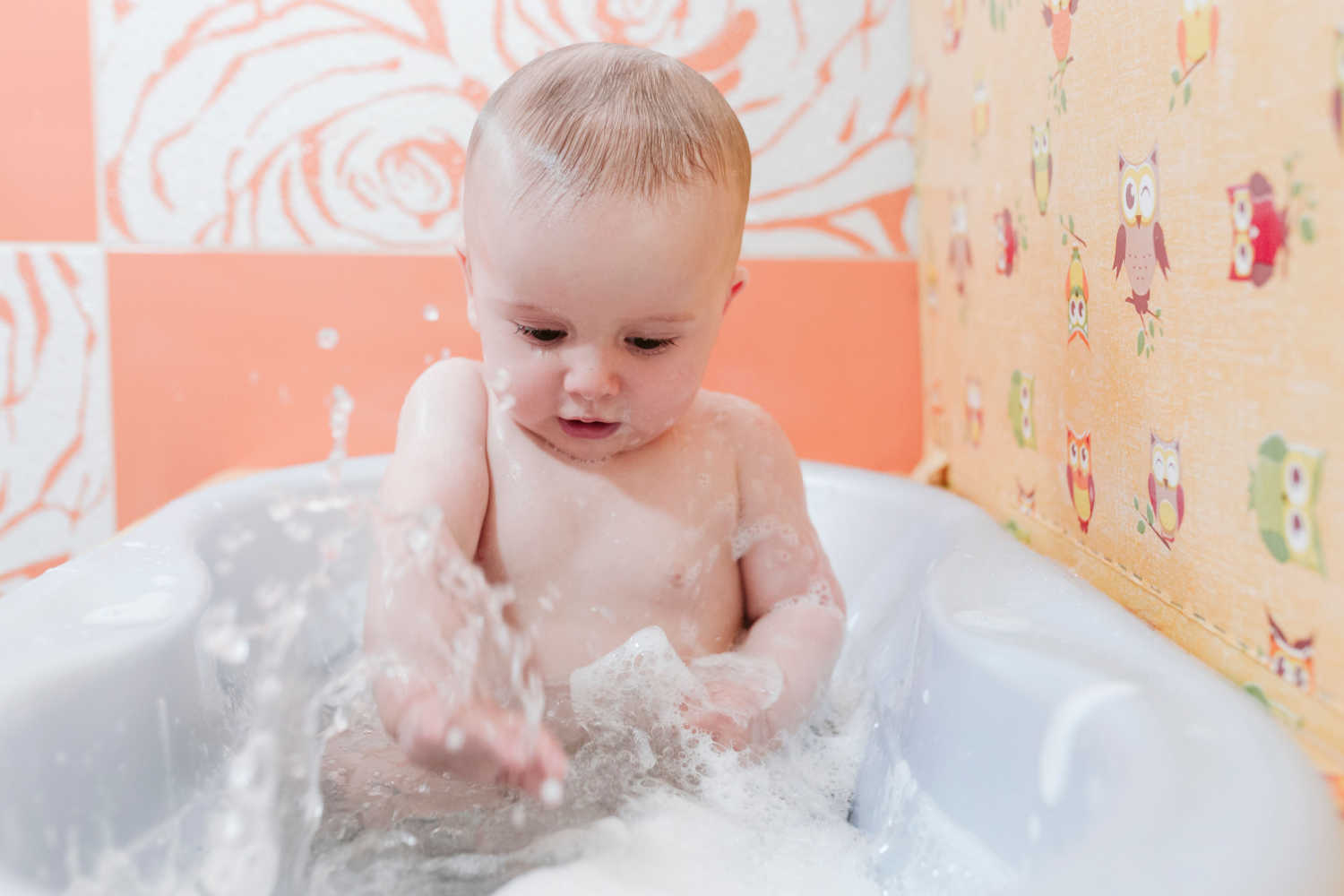
Epsom Salt Bath For Babies – Is it Safe, Top Benefits and Risk of Using
Sponsored content
Discover great local businesses around you for your kids.
Get regular updates, great recommendations and other right stuff at the right time.





